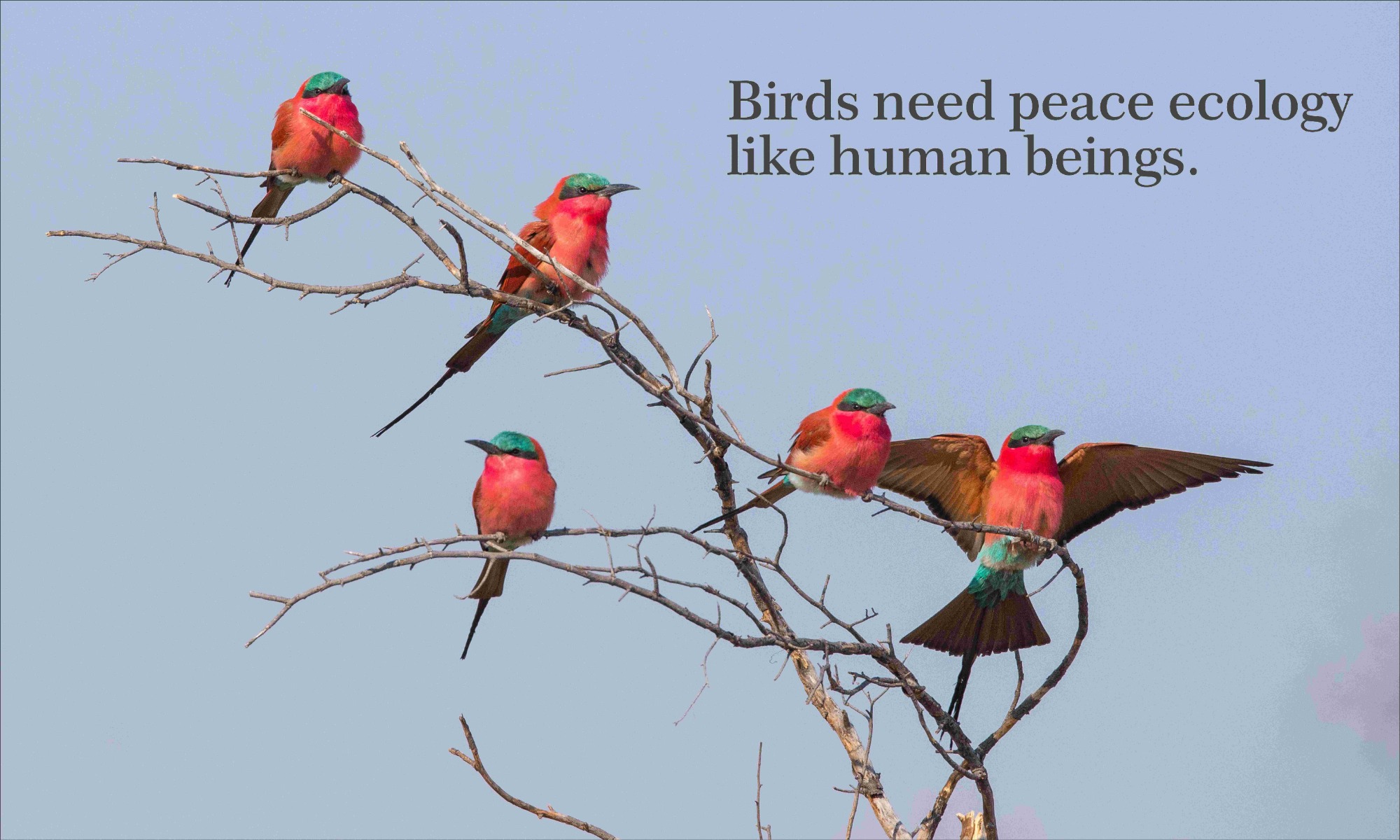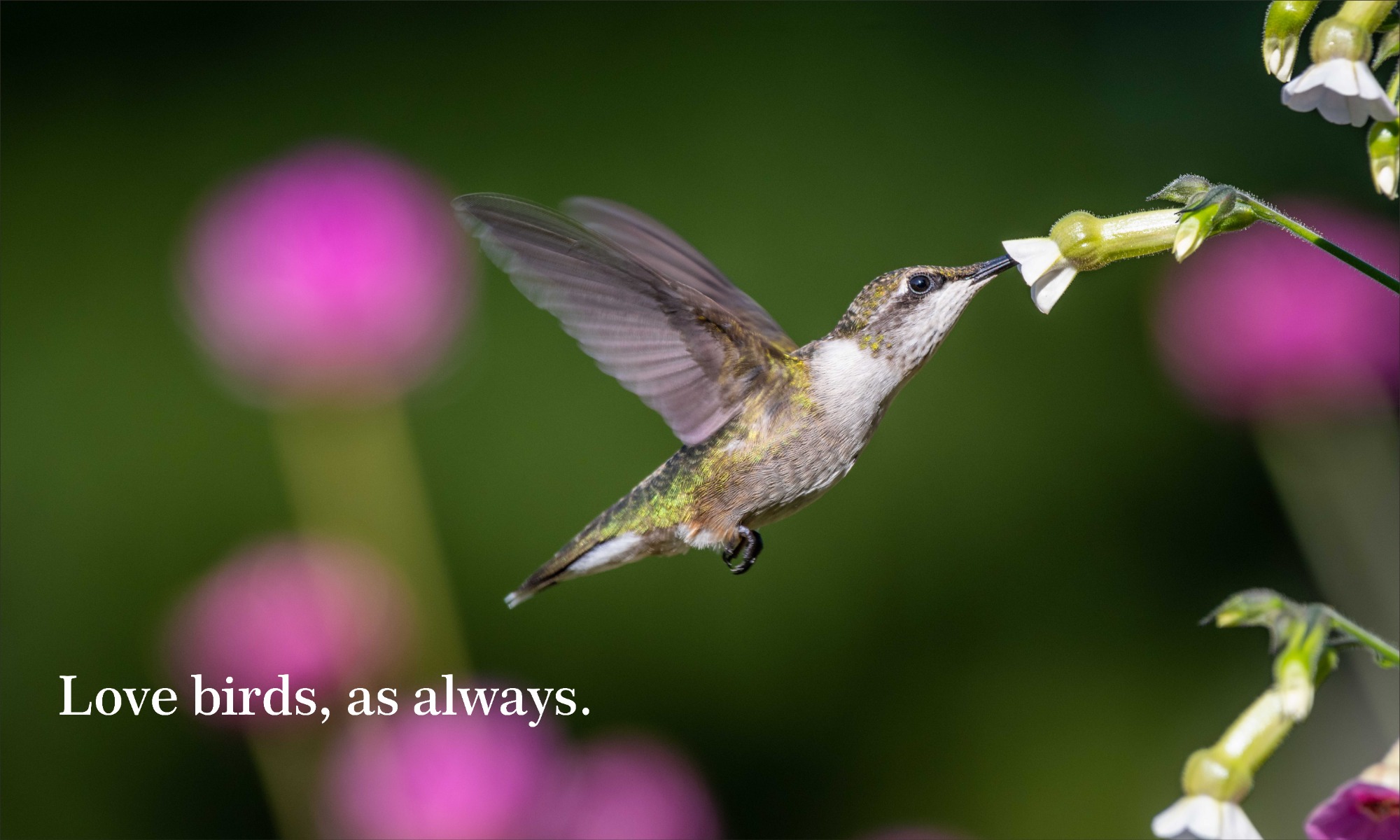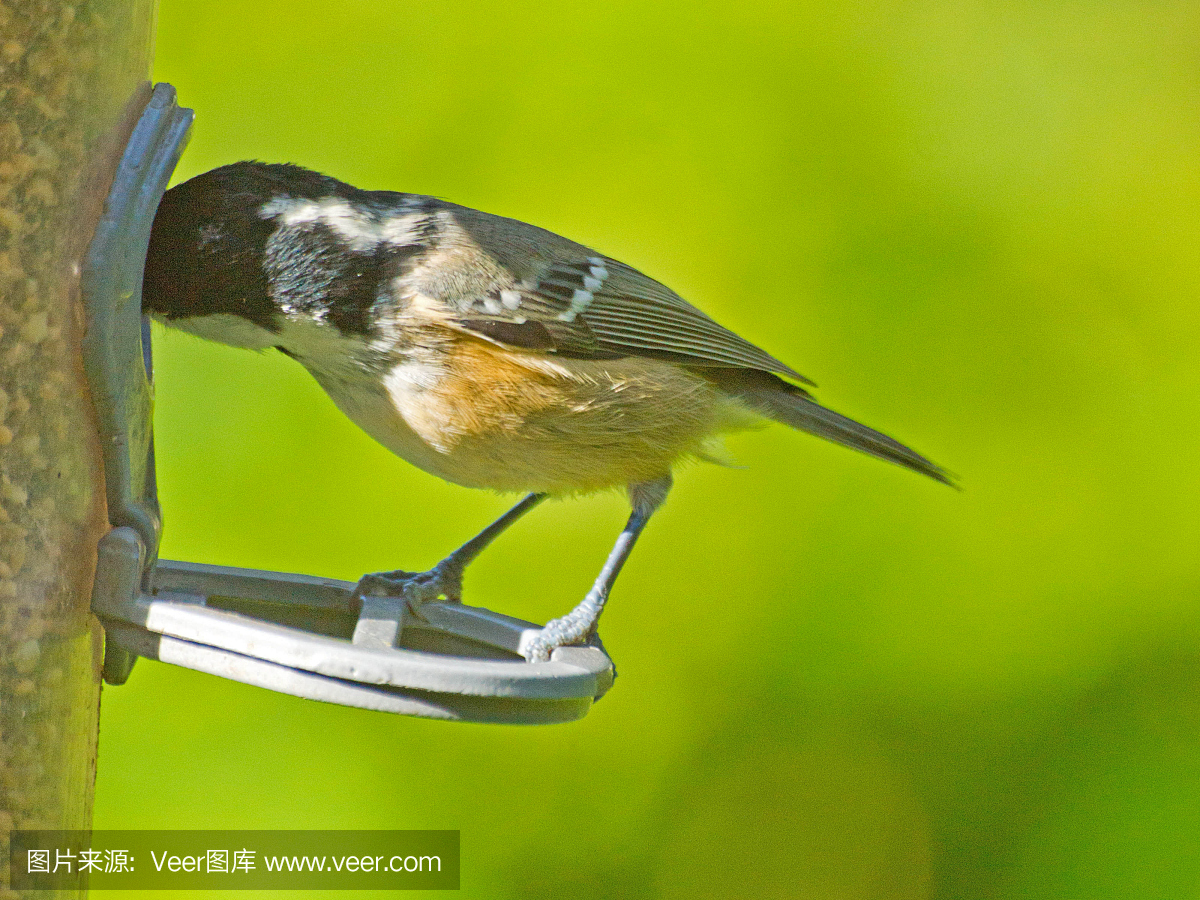How to identify a bird?
When you see a beautiful bird singing a lovely song, will you wonder what its name is?
Experienced bird watchers can identify birds by looking for certain clues even the bird is 50 feet away from them. It is a skill that you can learn with practice. What you need to do is to put the clues together and solving puzzle. Each bird species is unique, patience and practice will be helpful.
But how can we learn how to identify a bird? The best place to start is your own backyard.
We can use the 8 keys for identification with our own eyes: Group, Color, Size, Shape, Pattern, Behavior, Voice, and Habitat.
1. Group Identify
It's absolutely helpful to narrow the choices down from the beginning.
Scientists use different families to group birds, and It is worthy to learn which features define each family.
When you see a bird is gray, you can not exactly recognize its species, it can be a gray owl, a gray gull, or a gray sparrow-like bird.
If you know its group, you can be halfway home to its bird ID, and You'll even learn the subgroups in each family as you go along.
2. Shape of birds
This is really an extension of the first clue: A bird’s shape lets you place it in the right group. There is not two bird species share the same exact shape even they are closely related.
The bill (the bird’s beak) and legs, The type of bill, the length and colour of the legs, and if the feet have talons or are webbed are also give you a clue to the group of birds your bird belongs to.
A small bird with a short and stout bill will probably be a seed-eater such as a finch or a sparrow, whilst a large bird with a hooked bill would suggest a bird of prey.
3. The color and marking
The basic colour of the bird can be an important clue, so note the colour of the upperparts (the back and wings), the underparts, the head and the tail. Plumage details are often important for correct identification, so you should try to note as much detail as possible.
But color isn't always the best place to start when trying to identify a species. Bluebirds aren’t always blue, goldfinches aren’t always gold—if we just focus on color, we may have to learn the same species over and over
obvious markings, such as stripes above the eye, streaks on the chest or bars on the wing, paler feathers on the outside or at the tip.
Does the bird have a white ring around the eye? a pale stripe? Its body marked with round spots, lengthwise stripes, or crosswise bars? have white outer tail feathers? These “trademarks of nature” often will pin down the species for you.
4. Size
Estimate the size of the bird. It is often helpful to compare it with other species that you recognise alongside it, but if this is not possible, try to compare it with species you know well - is it the size of a robin, pigeon or gull for example.
Similarly, by comparing sizes with neighbouring birds or with familiar trees/other objects can be very useful too. Do remember that size is best judged when there is a reference point in view as well. Apart from comparing with other birds, it is also interesting and useful to compare certain features of bird with other features of the same bird (eg length of the wings in relation to length of the tail). Paying attention to proportions can be very rewarding as you get more skilled!
5. Behavior
Different species and species-groups exhibit different behavioural characteristics that can be very useful in aiding with the identification of the bird.
Is the bird hopping on the ground, climbing a tree trunk, wading in water, or flitting in the treetops?
Observe how the bird moves. Does it sit at one place and fly only to catch an insect and return (eg, a flycatcher)? Does it run after its food (eg, plovers and pipits)? Does it display vividly when singing (eg, grassbirds)? Is it a loner or in a group (eg, Jungle Babblers are always in groups)? Is it aggressive or shy (eg, crows chasing raptors)?
All these and any other details you note will help you identify a bird.
6. Voice
if your mystery bird is making some distinct sound, it’s worthwhile to try to make a note of it.
Songs, calls and other sounds that birds make are a key, and often diagnostic, way to tell species apart from one another. In fact, good and experienced birders usually rely as much on the ears as on the eyes.
Learning sounds requires practice and our understanding of the vocalisations of even some of our common species is fairly incomplete
7. Habitat
Most of the time, habitat is an excellent clue.You might see a Horned Lark on the ground in a plowed field and a Red-eyed Vireo in a forest treetop, but you’re very unlikely to see them trade places.
Understanding the types of place certain birds prefer is a crucial factor in their identification. Some birds, many of which are familiar to you, such as blackbirds, finches or robins, are widespread and found in many habitats.
Practice makes perfect
For someone who is birding for the first time, it can be hard to know where to start. Finding a bird and then looking at it is the easy bit, but the process then of identifying it positively while running through over 1000 possibilities in a field guide can be rather daunting.
With practice, you’ll be able to recognize most birds by the kinds of clues listed above. Then you can relax and just enjoy the striking hues for their own sake.
Identify with smart bird feeder
Every birder needs a good field guide, and there are a lot of options out there. A good pair of binoculars will be helpful. As technology advances, bird identify mobile app and smart bird feeder with camera would be my new choice.
With the smart bird feeder, you observe can the bird in a close view, and recognize the bird species with the mobile APP. It's friendly for new birders and easy to start.
It can automatically capture pictures and videos, so that you won't miss any beautiful moment.












 Magenta bee-eaters
Magenta bee-eaters
 Features to Consider Before Buying a Smart Bird Feeder With Video Camera
Features to Consider Before Buying a Smart Bird Feeder With Video Camera
 Find the food that attracts the birds
Find the food that attracts the birds
 Nanxin Technology Co.,Ltd takes you to the IFA exhibition site in Berlin, Germany
Nanxin Technology Co.,Ltd takes you to the IFA exhibition site in Berlin, Germany